Better Asset Location Strategy Helps Lower Your Tax Exposures
Asset location strategy helps punctuate the old adage, “It’s not what you earn, but what you keep.” Part of investing more successfully is structuring your investments to help minimize your overall tax exposures.
That’s no easy feat, given exposures to federal and state income taxes, the alternative minimum tax, capital gains tax, the surtax on investment income, Social Security tax, Medicare tax, estate and gift tax, generation-skipping transfer tax and the corporate tax.
With such an array of taxes waiting to be levied on your investment returns, it’s easy to see why taxes should rank highly on your list of risks to be understood and managed, along with “market crashes,” and the panoply of other investment risks. The negative impact of taxes on your investment and wealth management strategies can meaningfully reduce your after-tax returns and increase your shortfall risk.
A study published in the April 2020 Journal of Finance found that it is relatively easy to avoid destroying value for taxable equity mutual fund investors by managing investment taxes. While that particular study involved taxable accounts and mutual funds, taxes are a matter that all investors will have to contend with, even those who invest using only “tax-advantaged” accounts such as a 401k and IRA.
Better Asset Location Strategy Helps You Keep More of What You Earn
To keep as much of your wealth as possible, it’s essential to make good use of better asset location strategy. One strategy that can be costly to overlook is thoughtfully selecting the types of accounts you use to make your investments, or the location of your investments ‒ commonly referred to as asset location.
Asset location strategy refers to the way your investments are distributed across your taxable, tax-deferred and non-taxable accounts. Consider this possibly simple-looking asset location question. Since dividends are treated as taxable income, but taxed at preferential rates, would you locate dividend-paying stocks in a taxable account, a tax-deferred account such as a traditional IRA, or a tax-free Roth IRA?
What if you were reinvesting the dividends? What if the dividend was doubling every ten years? What if you were able to live off of your dividends and likely never need to sell shares to generate an income? A simple answer can vanish quickly.
Locating tax-free or lower-tax investments in taxable accounts can leave more room in tax-deferred or tax-free accounts for assets that are less tax-efficient. This is important because of the relatively restrictive annual contribution limits for vehicles such as a 401k or IRA.
While it would be nice to invest all of our money in tax-advantaged accounts, the reality for many investors is that more must be saved each year than can legally be placed within tax-advantaged accounts. Taxable accounts, then, are a necessity for many of us.
Better Asset Location Strategy During Accumulation and Distribution Phases of Your Life
It’s important to note that effective asset location is important not just in the investment accumulation phase of your life, but also in the retirement distribution phase as well. Remember that retirement accounts like a 401k and a traditional IRA only defer your taxes ‒ they don’t eliminate them.
Where your assets are located at retirement, and the amounts and order in which you withdraw them, can make a meaningful difference in your taxable income and the taxes you pay during the entirety of your retirement.
Optimizing investments taxed at different tax rates across accounts with different tax exposures and controls can be a complex analysis. It requires a whole-system thought process rather than thinking about the tax consequence of each account by itself.
Optimizing must also account for different investment time horizons, estate transfer plans and other considerations. In the end, effective asset location looks different for each individual.
Developing better asset location strategy almost always presents a level of computational complexity best solved with specialized analytical software. By using planning and tax-management strategies in the management of your investments, you may be able to to better grow your after-tax wealth.
If you would like help improving the after-tax results of your investments, we may be able to help.












